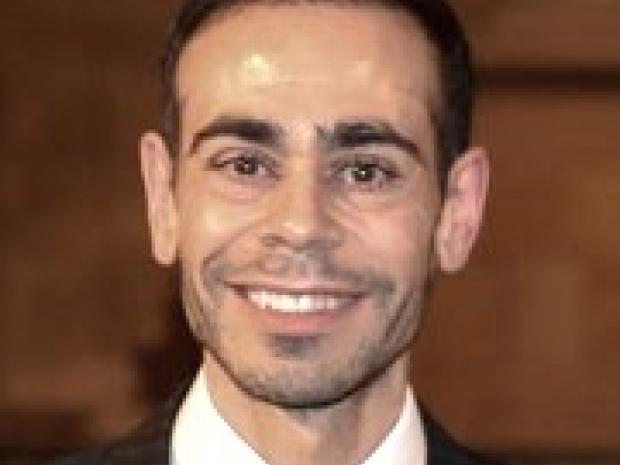Discrete Choice Experiments for the Estimation of Transit Crowding Multipliers

*C2Smart - Connected Cities for Smart Mobility Toward Accessible and Resilient Transportation*
Discrete Choice Experiments for the Estimation of Transit Crowding Multipliers
Ricardo Daziano
Associate Professor of Systems and
Civil & Environmental Engineering
Cornell University
Ithaca, NY, USA
Abstract
In public transportation, crowding refers to the subjective perception of the physical phenomenon represented by a high density of passengers in vehicles and at stations, stops and access-ways. In-vehicle crowding is, after price/fare and travel time, one of the most important variables explaining mode choice. Transit becomes less attractive under high crowding levels due to associated feelings of physical discomfort, psychological burden, and perceived risk and insecurity. Using engineering measures of crowding in the form of objective passenger density, econometric choice models of travelers’ decision-making are used to derive estimates of crowding multipliers, which represent the effect of passenger density on travel time perceptions. From a data perspective, stated preference surveys are usually used to collect information about in-vehicle crowding preferences. In this talk, the use of discrete choice experiments with visual representations of crowding for the estimation of crowding multipliers will be reviewed. Two case studies for two different subway systems will be presented, with data collected in Santiago (Chile) and New York City. In the case of Santiago, subway occupancy levels were shown with three alternative, equivalent forms of representation (text, 2D diagram, and actual picture); however, no relevant influences of the different forms of representation on crowding perception were found. Preliminary results for New York City provide higher multipliers than those reported internationally.

